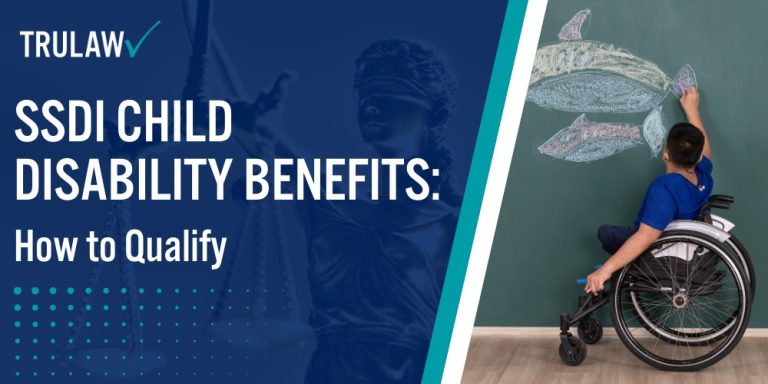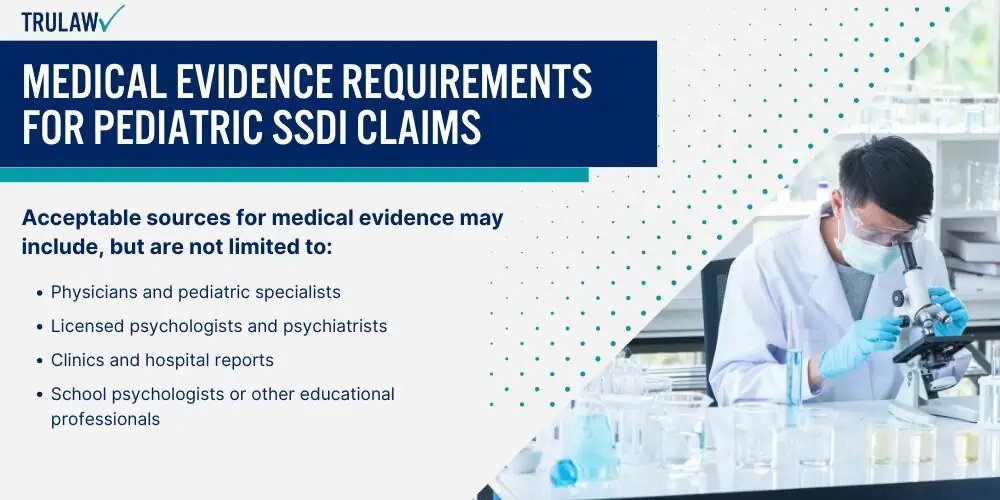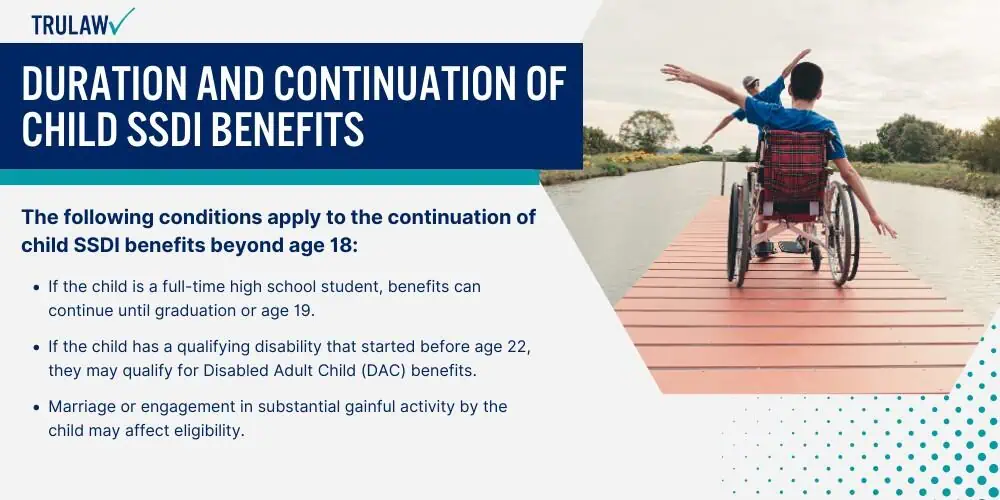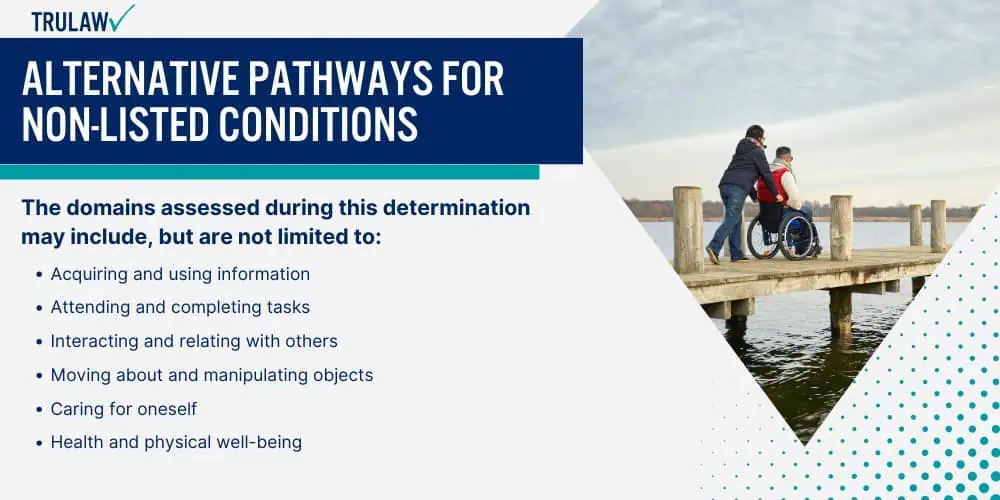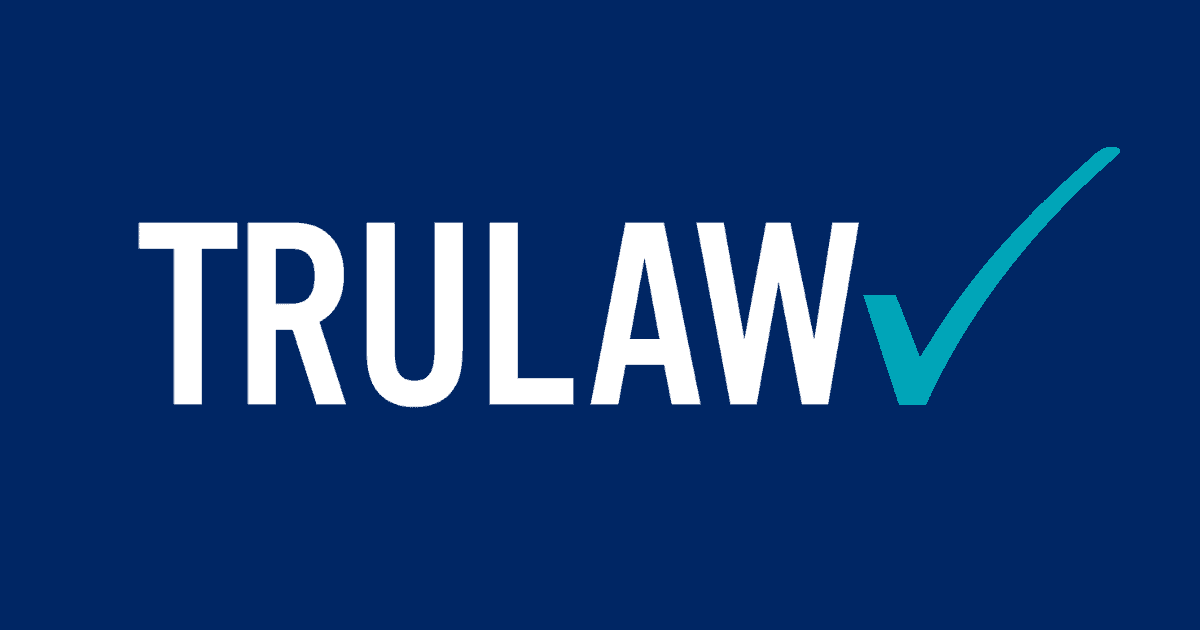The Social Security Disability Insurance (SSDI) program provides benefits to children who suffer from disability impairment and whose parents are eligible.
For a child to qualify, the Social Security Administration (SSA) requires proof of the child’s medical condition and substantial evidence that the disability hinders daily functioning.
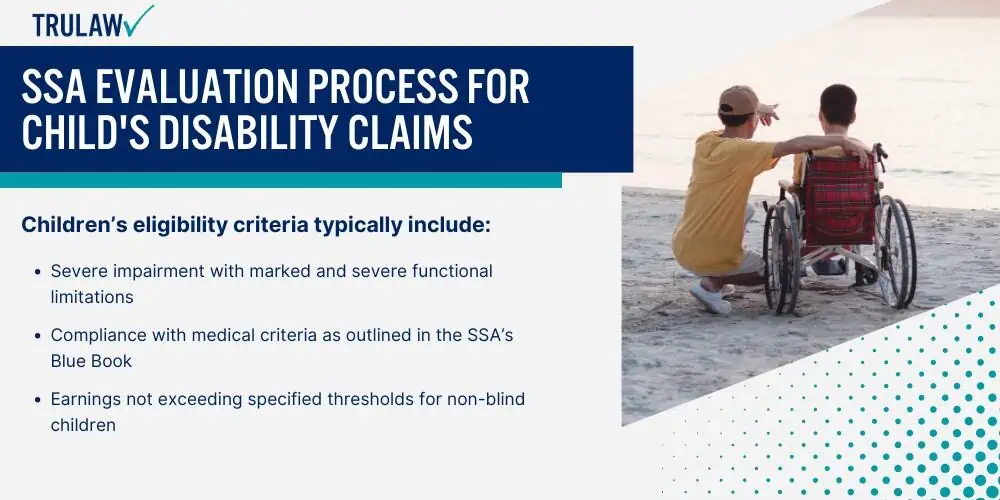
The evaluation process is rigorous and demands comprehensive documentation to substantiate claims, often involving medical professionals and detailed assessments. The disability determination process is essential in evaluating whether a child’s medical condition meets the standards for disability benefits, utilizing criteria for impairments and technology to expedite decisions.
As of 2025, the timeline for processing initial disability claims is approximately 215 days, reflecting an ongoing commitment to streamline support to eligible families.
Age-Specific Criteria
The SSA provides different criteria for children based on their age when evaluating disability claims.
Children under the age of 18 may qualify for disability benefits if they meet specific medical criteria, which are documented in the SSA’s Blue Book.
For children and infants, there is no minimum age requirement to start receiving benefits, indicating that eligibility can commence as early as birth. Having more than one child with disabilities can affect the eligibility evaluation, as the SSA considers the cumulative impact on the family when determining benefits.
However, the conditions must be severe enough to create marked and severe functional limitations.
Earnings limitations are also considered; for instance, non-blind children must not exceed set monthly earnings to maintain eligibility.
Children’s eligibility criteria typically include:
- Severe impairment with marked and severe functional limitations
- Compliance with medical criteria as outlined in the SSA’s Blue Book
- Earnings not exceeding specified thresholds for non-blind children
The SSA’s guidelines are designed to ensure that only those children with significant impairments receive benefits.
These age-specific criteria ensure a tailored assessment based on the child’s developmental capabilities and limitations.
The lack of a minimum age reflects the SSA’s understanding that disabilities can impact very young children profoundly, requiring immediate support.
Families are encouraged to provide detailed medical documentation to meet these stringent qualifications.
Functional Equivalence Assessment
When a child’s condition does not meet specific medical listings, the SSA will evaluate functional equivalence to determine eligibility for disability benefits.
This assessment looks into six core domains of functioning to evaluate how the disability affects the child’s daily activities.
It ensures that the evaluation extends beyond strict medical diagnoses and considers real-world implications on the child’s life.
This process is vital in capturing a broad picture of the child’s challenges.
The SSA evaluates the following domains:
- Acquiring and using information
- Attending and completing tasks
- Interacting and relating with others
- Moving about and manipulating objects
- Caring for oneself
- Health and physical well-being
Evaluating functional equivalence is essential for assessing conditions that require nuanced understanding outside of standard medical classification.
This assessment provides a comprehensive look at how a child’s impairment affects their ability to function like peers of the same age.
The broad scope of the domains ensures that the evaluative process remains inclusive of various potential disabilities, accommodating a wide array of conditions that may not precisely meet predefined medical listings.
Parents are advised to thoroughly document how the impairment manifests across these domains when applying for benefits.
